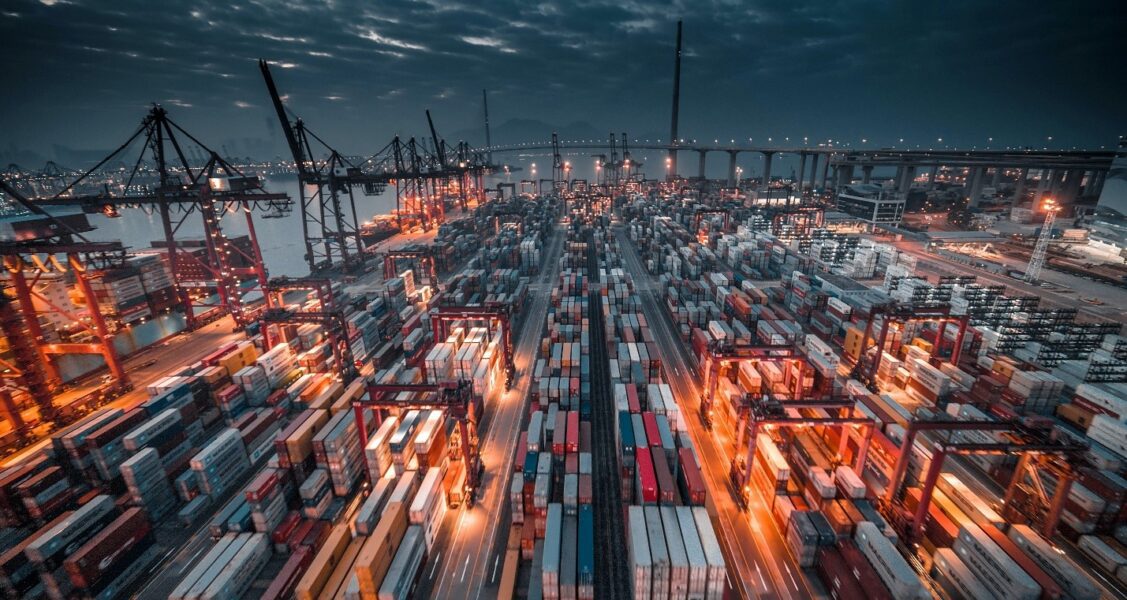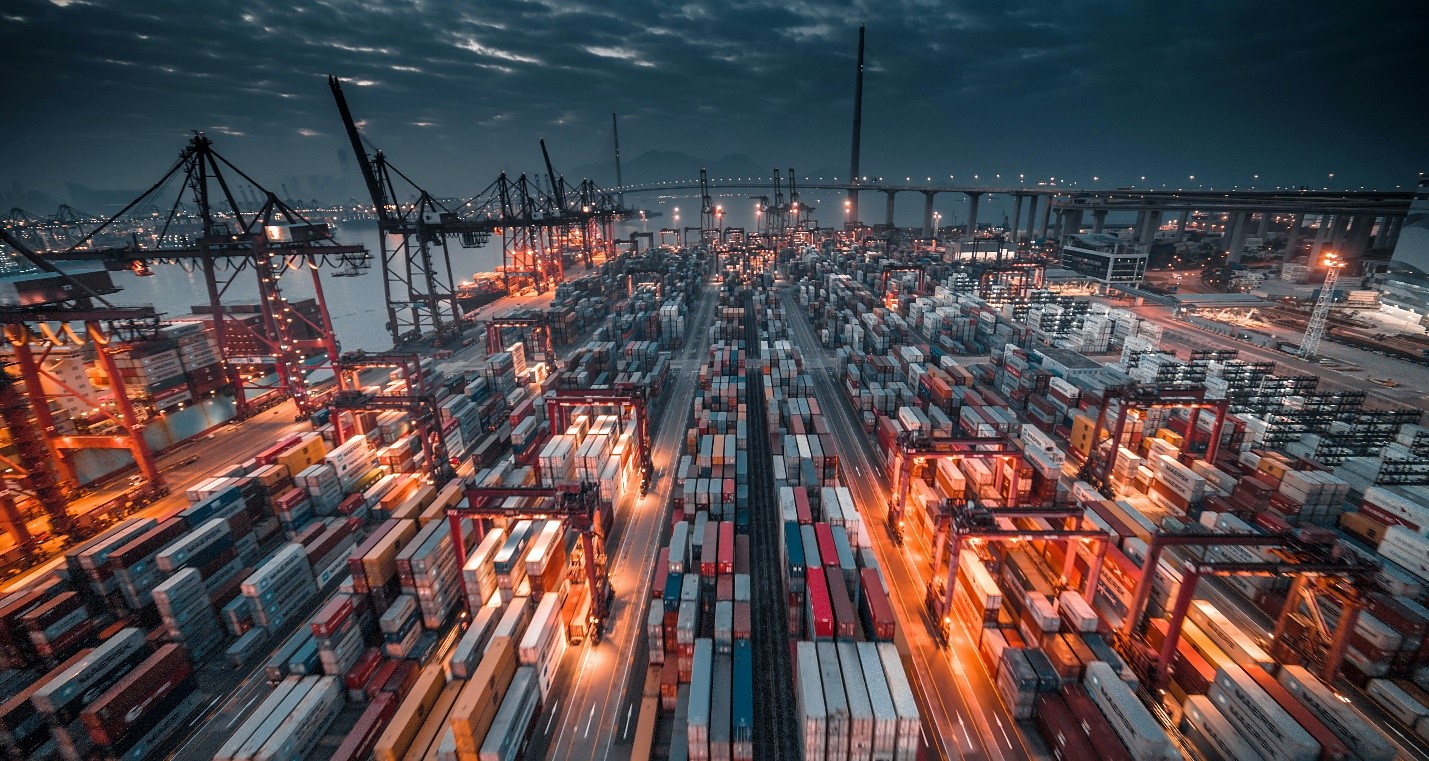Shipping costs of goods can have a larger impact on your business than you might realize. The term port congestion means that ships cannot load, dock, or unload when they arrive at the port because the terminal is already running at capacity. Ships have to queue up and wait for their turn to dock.
This problem may seem insignificant, but enterprises and supply chain people know it profoundly impacts business and freight costs. According to reports, between January and November 2021, $238 billion worth of cargo faced significant delays outside the port of Los Angeles, and these figures are just from one city. Daily, trillions of dollar worth of cargo travel through international shipping lines.

What Are The Causes Of Port Congestion?
Port congestion is a growing challenge that most ports face today. The following are the common reason
- The terminal or port is booked more than its operational capacity
- Delays caused by bad weather, storms, and other natural disasters
- Wars
- Pandemics (the recent Covid-19)
- Industrial instabilities like strikes
- Trade wars
- Lack of workforce, resources, and equipment
- Vessel bunching
- Restricted port access
How Does Port Congestion Affect Shipping Costs And Freight?
The key drivers in international shipping costs and the fragile supply chain raise many concerns. The global rise in inflation is boosting the price charts up. Moreover, ship fuel prices hiked to historical values and reached the $1,000/ton mark mainly because of the Ukraine-Russia war.
A data set from the Federal Reserve Bank of St. Lois revealed that cities with congested ports include Shanghai, Ho Chi Minh City (Vietnam), Hong Kong, and Felixstowe. All have increased shipping costs, as the price of a 20 ft. long container even increased to $15,000.
Covid-19 also had a role to play in worsening the port congestion issue. The delay in loading, unloading, and cargo handling can result in a loss for shipping companies and businesses while also costing them additional human resources, fuel, and time costs. Chinese and American ports were the worst affected, and since these are the top two world economies, the result was a debilitating global supply and demand crisis.
Experts predict that the global port congestion problem will last till Q1 of 2023, and freight and shipping costs will remain high. Although more vessels will join the fleet in 2023, it will significantly impact shipping costs.
Economic Impacts Of Port Congestion
Whenever congestion happens, there is a logistic crisis. Containers carrying raw materials for industries, finished goods for consumers, and other goods are stuck at the port, which causes a temporary halt in many economic activities.
When sea trade slows down, companies and individuals divert to air freight which is comparatively costly but takes less time. Reports show that the air-cargo industry is massively benefiting from the congestion issues. Overall, it reached 18.7% by 2021, growing by 2.9% in 2022.

Conclusion on Shipping Costs
The port congestion issue has widespread consequences on the global supply chain and economies. The authorities should take immediate protocols to solve the problems so that business and trade can run smoothly and seamlessly.
Global commodity prices are likely to skyrocket as the port congestion problem worsens. This issue requires immediate attention from authorities as they work alongside logistic experts and shipping partners to find and implement solutions.


